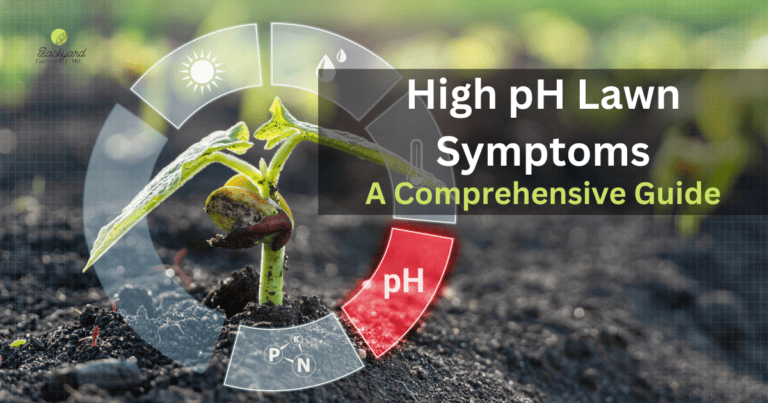How to Tell if Your Lawn Needs Lime: 7 Sure Signs And Comprehensive Guide
Proper care and attention are essential to maintaining a healthy lawn. One often ignored aspect of lawn care is the soil’s pH level. An unbalanced pH can cause nutrient deficiencies, poor grass growth, and an unhealthy lawn overall. One way to address pH imbalances is by applying lime to your lawn.
Lime is a common solution to address soil acidity, but how do you know if your lawn actually needs it? This complete guide will provide all the necessary details on how to tell if your lawn needs lime and how to apply it effectively.
Let’s explore.
Why is Lime So Important?
Lime, a soil amendment derived from pulverized limestone, is an excellent solution for improving soil quality and reducing acidity levels. The main compound found in lime is calcium carbonate, which introduces calcium to the soil and helps neutralize acidity.
This natural and non-toxic product is commonly used in various agricultural practices and offers numerous benefits for your lawn. There are two types of lime that are commonly used: calcite lime and dolomite lime.
Calcite lime is often considered the “standard” agricultural lime and contains high levels of calcium. It is primarily used as an agent to reduce soil acidity. On the other hand, dolomite lime contains higher levels of magnesium and calcium and helps reduce soil acidity.
When it comes to achieving the desired results for your lawn, both calcitic limestone and dolomitic limestone can effectively meet your needs. However, in most cases, opting for the most cost-effective lime product is recommended.
This is because highly specialized magnesium and calcium needs are more relevant for large-scale agricultural operations than for improving lawn health. If you include lime in your lawn care routine, you will be able to improve your lawn’s overall health and vitality.
Lime helps to balance the pH levels of the soil, creating an optimal environment for grass growth. It also enhances nutrient availability, allowing plants to absorb essential minerals more efficiently.
Furthermore, lime helps to break up compacted soil, promoting root development and overall plant health. When applying lime to your lawn, following the recommended guidelines and consulting with a professional if needed is crucial.
The amount of lime required may vary depending on the soil type, pH levels, and specific lawn conditions. Conducting a soil test to determine your lawn’s precise lime application rate is advised.
7 Sure Signs How To Tell If Your Lawn Needs Lime
Many homeowners dream of having a lush, green lawn. However, sometimes, our lawns need a little extra care to achieve that picture-perfect look. One often overlooked aspect of lawn care is the soil’s pH level.
If your lawn is showing signs of yellowing spots in the grass or struggling to grow, consider adding lime to your soil. In this section, we will discuss the signs that indicate your lawn needs lime and the benefits of lime on lawn use in your lawn care routine.
Ph Balance of Your Soil
Maintaining the pH balance of your soil is crucial for the health and vitality of your lawn. Lawns are naturally acidic, but over time, they can become even more acidic, which can have a negative impact on the overall quality of your lawn.
Ideally, the pH level of your soil should be around 6.5, but a pH range between 6.2 and 7 is still considered healthy for lawns. There are several factors that can cause pH imbalances in your soil.
One common cause is natural leaching, where minerals and nutrients are washed away by rain or excessive irrigation. Another factor is the use of nitrogen fertilizer, which can contribute to soil acidity if used excessively.
In some cases, lawns may not receive enough nutrients from the native soil, leading to pH imbalances. This is particularly true in regions with a rainy climate, as they are more susceptible to acidic soil.
In such cases, applying lime to the soil can help restore the pH balance and improve the overall health of the lawn. Similarly, clay and sandy soils tend to have a low pH, which can negatively affect the quality of the lawn.
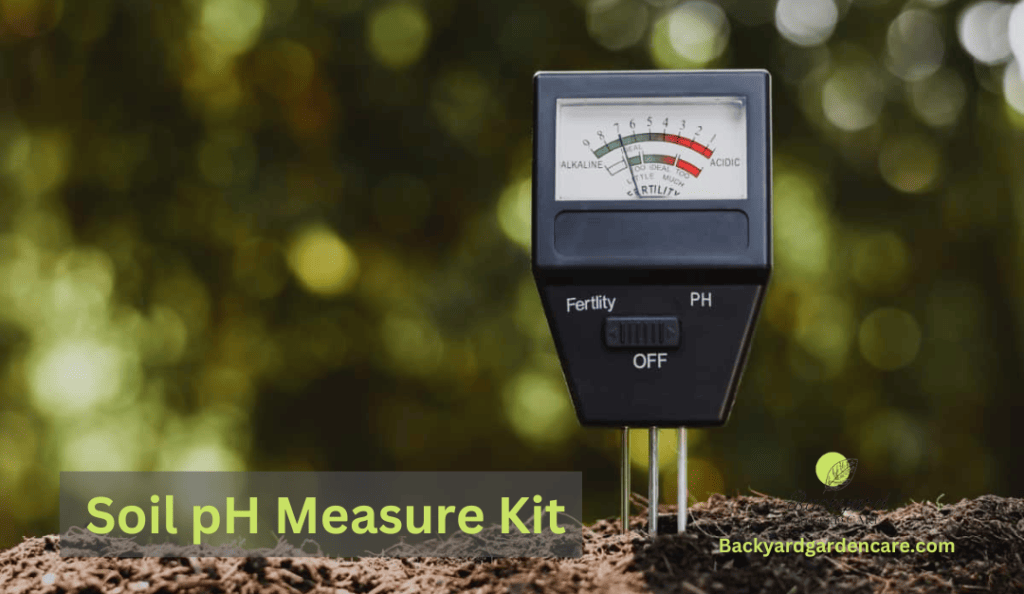
Testing the acidity and macronutrient levels of your lawn’s soil is essential to determine if any corrective measures are needed. You can easily test the pH level of your lawn’s soil using a pH testing kit, which can be purchased at your local home improvement store.
These kits provide a simple and accurate way to measure the acidity of your soil and determine if any adjustments need to be made. Alternatively, you can create your own at-home soil test by collecting soil samples from different lawn areas and observing color, texture, or plant growth variations.
Lawn Weed Growth Increased.

Weed infestation can be a common problem for many homeowners. It’s frustrating when weeds like dandelion, crabgrass, yellow nutgrass, and others start taking over your otherwise healthy lawn.
If you find yourself with more weedy green than grassy green, it clearly indicates that your lawn needs lime. The presence of these invasive weeds is often a sign of acidic soil. When the soil’s pH level is low, it can significantly reduce the effectiveness of pesticides and herbicides.
This means that all the weed-killing products you’ve been applying to your lawn are simply not working as effectively as they should in addressing how to kill grass weeds permanently. Consequently, the weeds are able to thrive and take over your once beautiful lawn.
Acidic soil can be a result of various factors, such as excessive rainfall, certain types of fertilizers, or even the natural composition of the soil in your area. Whatever the cause may be, it’s important to address the issue promptly to restore the health and beauty of your lawn.
Lime is a common solution for treating acidic soil. It works by raising the pH level, making the soil more alkaline. This, in turn, creates an unfavorable environment for weeds to grow, promoting healthy grass growth.
By applying lime to your lawn, you can effectively neutralize the acidity, improving the overall condition of your soil. Lime offers a variety of lawn benefits in addition to combating weed infestations. It enhances the effectiveness of fertilizers, allowing the grass to absorb essential nutrients more efficiently.
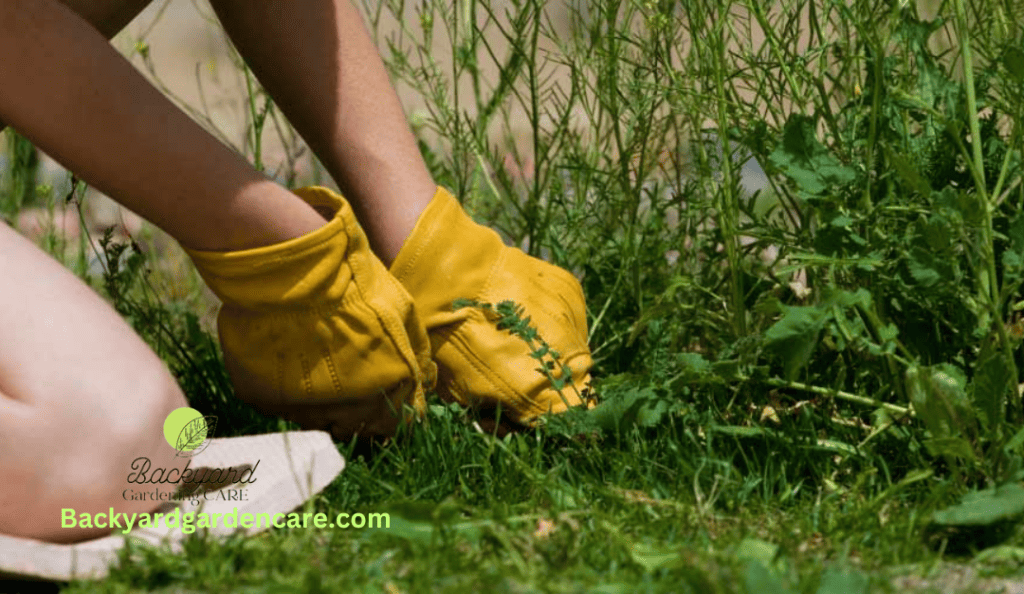
Lime also improves water retention in the soil, reducing the need for frequent watering. Furthermore, it helps to break down compacted soil, making it easier for the roots to grow and establish a strong foundation. Give the water to your lawn according to its requirement for optimal results.
Mossy Surfaces
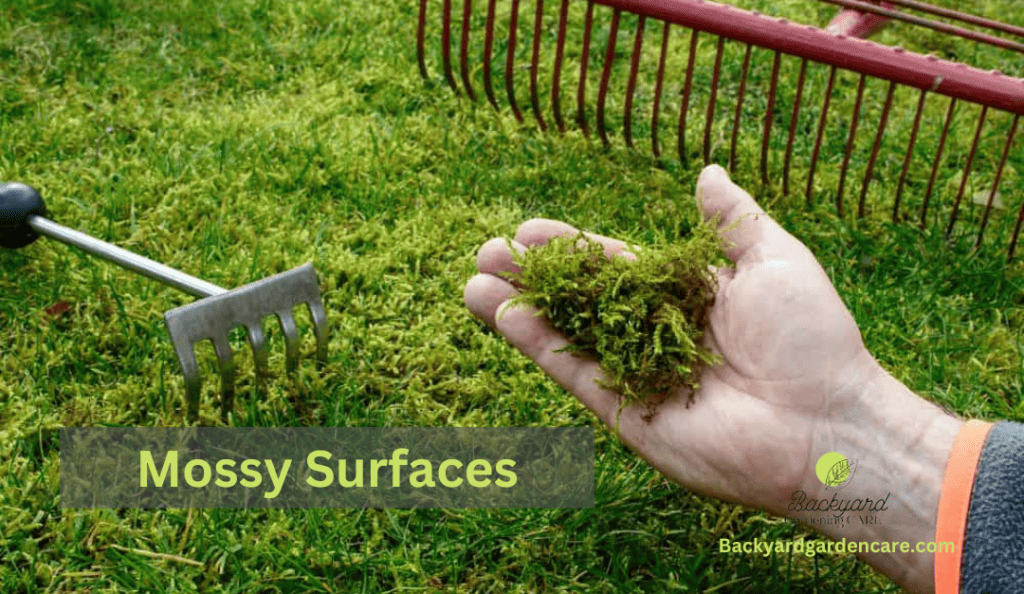
Mosses thrive in acidic soil and grow in shaded and moist areas. If you notice moss growing at the base of trees and spreading towards the main parts of your lawn, it could be a clear sign that your lawn needs a lime application.
In my personal experience, I once had a moss issue in my lawn, particularly under a large tree where it was often shaded and damp. It was clear that the soil in that area was quite acidic.
Conversing with my neighbor, who’s an experienced gardener, they also shared their valuable insight on this matter. They mentioned that mosses can indeed cause problems in lawns and emphasized the importance of addressing the underlying acidity issue.
My neighbor pointed out that applying lime to the affected areas can help neutralize the soil’s acidity, which is essential to prevent further moss growth. They also stressed the significance of ensuring proper drainage in these areas to prevent excessive moisture buildup, as mosses thrive in damp conditions.
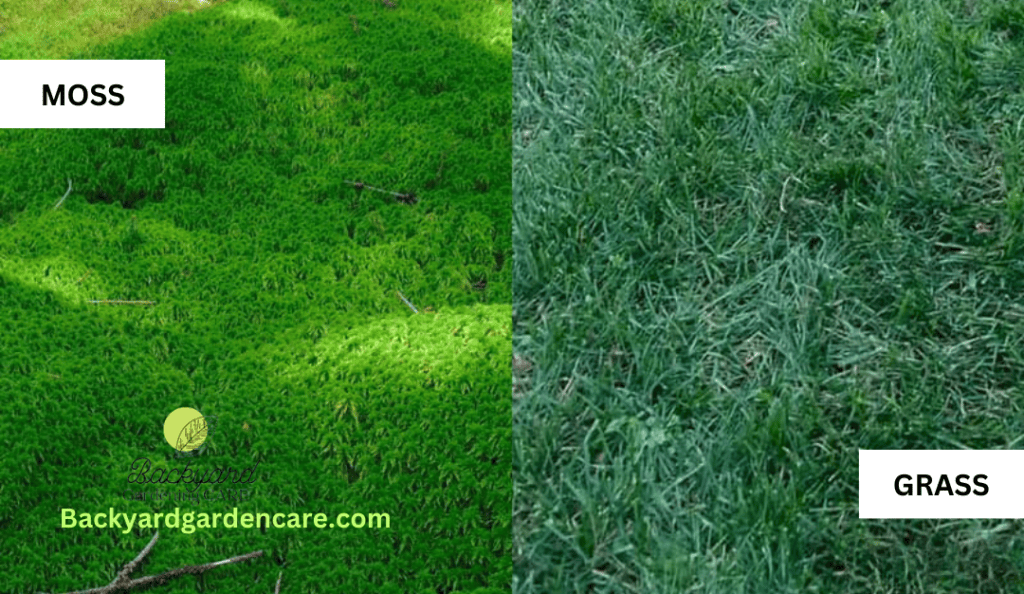
Both my personal experience and my neighbor’s second opinion highlight the significance of addressing moss growth by tackling the acidity issue and improving the overall lawn environment. A lime application can be a simple yet effective solution to combat moss problems and promote a healthier lawn.
Yellow Grass: It Looks Stressed.
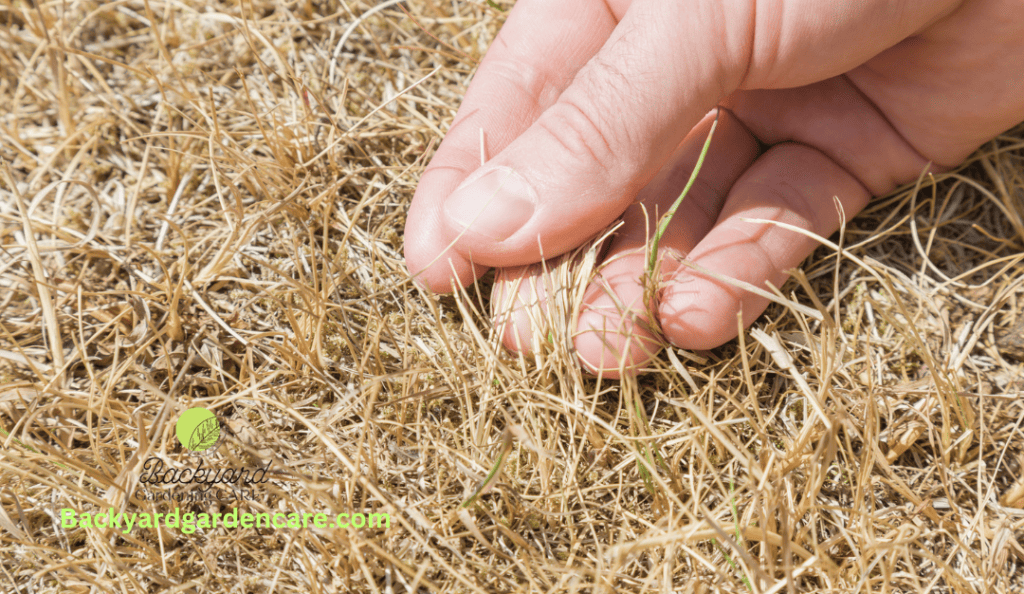
Lawn grasses thrive in soils with a pH level between 6.5 and 7.0; a lower pH indicates more acidic soil. When the soil becomes too acidic, it can negatively impact microbial activity, making it difficult for plants and grasses to extract nutrients effectively.
If you notice that your grass is turning yellow, dying in patches, or growing weak despite your best lawn care efforts, it is highly likely that you need to add lime to your soil. Over time, soils tend to become more acidic due to various factors, such as water runoff and the application of certain fertilizers.
These factors contribute to the natural depletion of nutrients from the soil, causing the pH level to decrease. If you have not made any significant changes to your lawn care routine, but your grass seems to be struggling more than ever, it clearly indicates that the soil acidity has risen.
Adding lime to your soil can help restore the pH balance and create a more favorable environment for your grass to thrive. Lime works by neutralizing the acidity in the soil, allowing beneficial microbes to flourish and aiding in the absorption of essential nutrients by the grassroots.

Correcting the pH level can enhance your lawn’s overall health and vigor. It is important to note that before adding lime to your soil, it is recommended to conduct a soil test to identify the exact amount of lime required. Additionally, ensure that your lawn soil is properly sterilized for optimal results.
Once you have determined the appropriate amount of lime, it can be applied to your lawn using a spreader or by hand. It is advisable to distribute the lime across the affected areas and then water the lawn thoroughly to help the lime penetrate the soil.
Clay or Sandy Soil
Understanding your soil’s characteristics is crucial for maintaining a lush and healthy lawn. One important factor to consider is the soil’s acidity level, as different soil types naturally have varying pH levels.
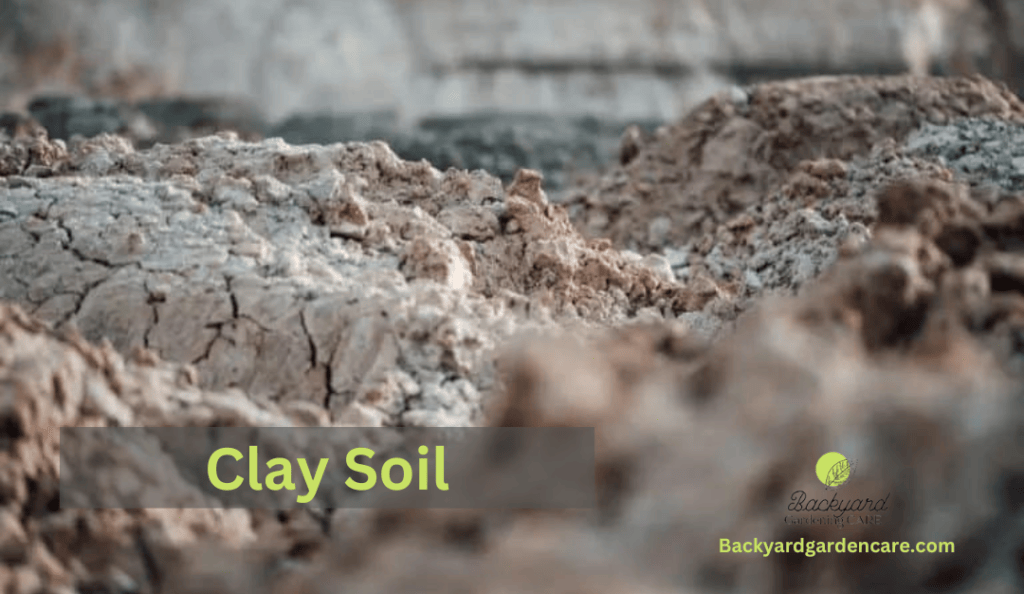
For instance, clay soils tend to be on the acidic side, while sandy soils tend to encourage runoff, which can cause a depletion of essential pH-balancing agents like calcium. If your lawn is on sandy or clay soil, lime treatment is likely needed to restore the optimal pH balance.
Clay soil, known for its fine texture and high water retention capacity, tends to lean towards acidity. This means that the soil’s pH level may not be ideal for grass growth. To prevent this, lime application is highly recommended.

Lime helps raise the soil’s pH level, making it more alkaline and suitable for healthy grass growth. On the other hand, sandy soil poses a different challenge. Due to its coarse texture, sandy soil is prone to excessive drainage, which can lead to the loss of essential nutrients and pH-balancing agents.
The constant runoff can strip away calcium, leaving the soil more acidic. To counteract this, regular lime application is necessary to replenish the lost nutrients and restore the pH balance. Applying lime every 2-3 years can help maintain the optimal pH level for grass growth and ensure a vibrant and healthy lawn.
Drought Recovery is Poor.
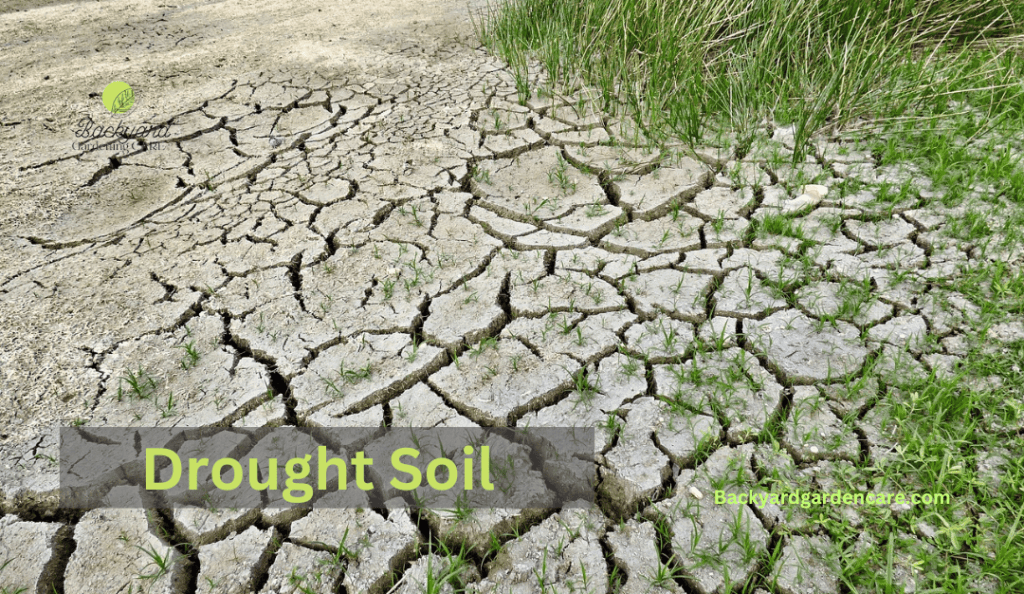
If you want a lush and healthy lawn, you must pay attention to its needs, especially during drought or extreme heat. While a well-cared-for lawn may maintain its appearance despite rising soil acidity, it requires a lime treatment if it fails to recover from such conditions.
Drought and extreme heat can put tremendous stress on the grass, and during the recovery period, it requires additional nutrients to regain vitality. Adding lime to your lawn in the fall can work wonders for its overall health and resilience.
Doing so can help neutralize the acidity in the soil, creating a more balanced and favorable environment for grass growth. Lime acts as a soil amendment, raising the pH level and reducing the acidity, allowing the grass to absorb nutrients more efficiently.
Fall is ideal for lime application because it gives the soil ample time to adjust before the next growing season. It’s recommended to perform a soil test beforehand to determine the lime required for your lawn.
This will ensure that you apply the correct dosage, as adding too much lime can adversely affect the soil’s pH levels.
In short, if your lawn is struggling to recover from drought or intense heat, it’s crucial to address the underlying issue of soil acidity. Adding lime in the fall can help restore the balance and provide the nutrients necessary for your grass to thrive.
With a well-timed lime treatment, you can ensure that your lawn remains healthy and resilient, ready to withstand future challenges and maintain its vibrant green appearance.
Fertilizers Don’t Work
Fertilizers have long been touted as a solution to promote the growth and health of plants. However, it is important to understand that fertilizers may not always have a positive impact, especially in certain environmental conditions.
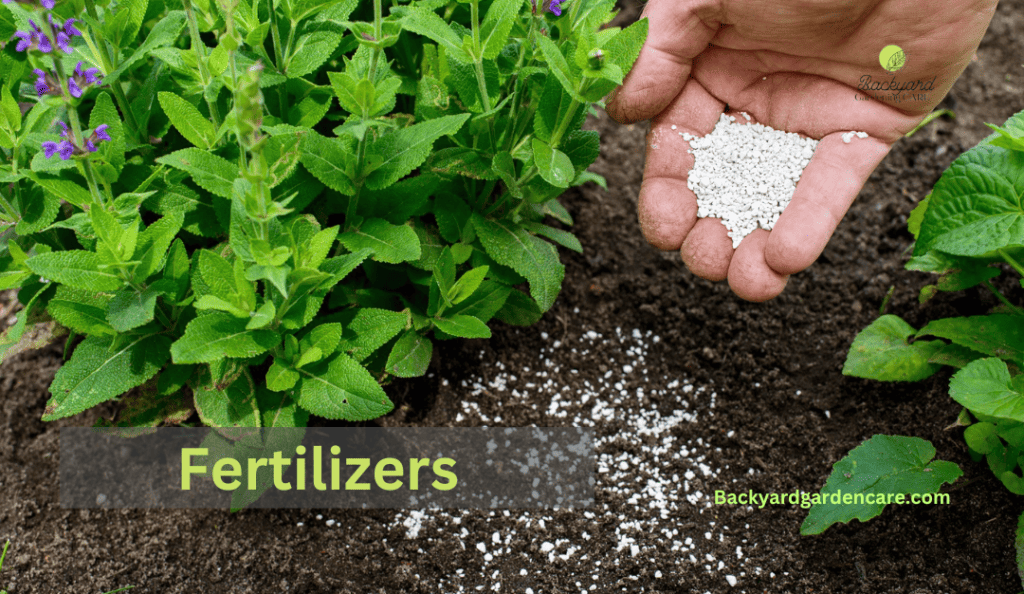
For instance, if your soil is too acidic, simply increasing the amount of fertilizer you use won’t necessarily benefit your grass. In fact, in high-acid environments, plants cannot effectively absorb the nutrients in the soil, rendering fertilization ineffective. Moreover, over fertilization can contribute to an increase in soil acidity, further exacerbating the problem.
Exploring alternative solutions, such as liming your lawn, becomes crucial in such cases. Liming involves applying lime to your soil, which helps to neutralize acidity and create a more balanced pH level.
To combat the issue of soil acidity and ensure optimal nutrient absorption, liming your lawn is a recommended solution. Liming involves the application of lime, which helps to neutralize the acidity of the soil.
By raising the pH level of the soil, liming creates a more favorable environment for grass and plants to thrive. This process allows the roots to access and absorb nutrients, ensuring healthy growth and a vibrant lawn.
It is important to note that the effectiveness of liming depends on various factors, including the type and severity of soil acidity. Conducting a soil test can provide valuable insights into the pH levels and help determine the appropriate amount of lime to be applied.
Consulting with a professional or a local agricultural extension office can also provide guidance and recommendations based on your specific lawn conditions.
Final Thoughts:
Determining if your lawn needs lime is important in maintaining its health and vitality. By observing the signs such as yellowing grass, moss growth, and acidic soil, you can determine if your lawn requires lime application. Additionally, conducting a soil pH test can provide accurate information about your soil’s acidity levels.
Taking prompt action and applying lime when necessary can help to balance the pH levels, improve nutrient availability, and ultimately promote a lush and thriving lawn. Regular maintenance and monitoring are key to keeping your lawn in optimal condition.
FAQs
How Long Does It Take for Lime to Work on Grass?
Lime typically takes several months to work on grass fully. The exact time frame can vary depending on factors such as the pH levels of the soil, the type of lime used, and the condition of the grass.
Applying lime in the fall or early spring is recommended to allow it to penetrate the soil over time. It is important to note that lime is not an immediate solution for grass problems but rather a long-term treatment to adjust soil acidity and promote healthier grass growth.
When Should I Put Lime on My Lawn?
Lime should be applied to your lawn when the soil pH is too low, ideally in the fall or early spring. Testing the soil before applying lime is best to determine the exact amount needed.
However, if the pH is above 6.5, lime is not necessary and may cause harm to the grass. Remember to follow the instructions on the lime package and water the lawn thoroughly after application.
What Does Grass That Needs Lime Look Like?
Grass that needs lime may exhibit several visible signs. These signs can include a yellowish or pale green color in the grass blades, stunted growth, and patchy or thin areas in the lawn.
Additionally, the presence of moss or weeds can be an indicator of low soil pH, which may require lime application. It is important to note that other factors may also cause these visual cues, so conducting a soil test to confirm the need for lime is recommended.
Can You Apply Lime and Fertilizer at the Same Time?
There is no problem applying lime and fertilizer at the same time. However, it is important to consider the specific requirements of your plants and soil before doing so. Some fertilizers contain acidic components that can counteract the alkaline properties of lime.
How Do You Know if Your Lawn is Acidic?
You can determine if your lawn is acidic by performing a soil pH test. This can be done using a soil pH testing kit available at most garden centers or online retailers. Follow the instructions provided with the kit to collect soil samples from different areas of your lawn.
Jack Ralph

hey, I’m Jack Ralph, a dedicated grass and lawn expert with years of experience creating beautiful outdoor spaces. I can help you achieve the lawn of your dreams, from seeding to mowing, turning your yard into a natural masterpiece.
Look no further—I’m the key to transforming your lawn dreams into reality! and here to help you achieve a lawn that’s not just a patch of grass, but a canvas of natural artistry.





